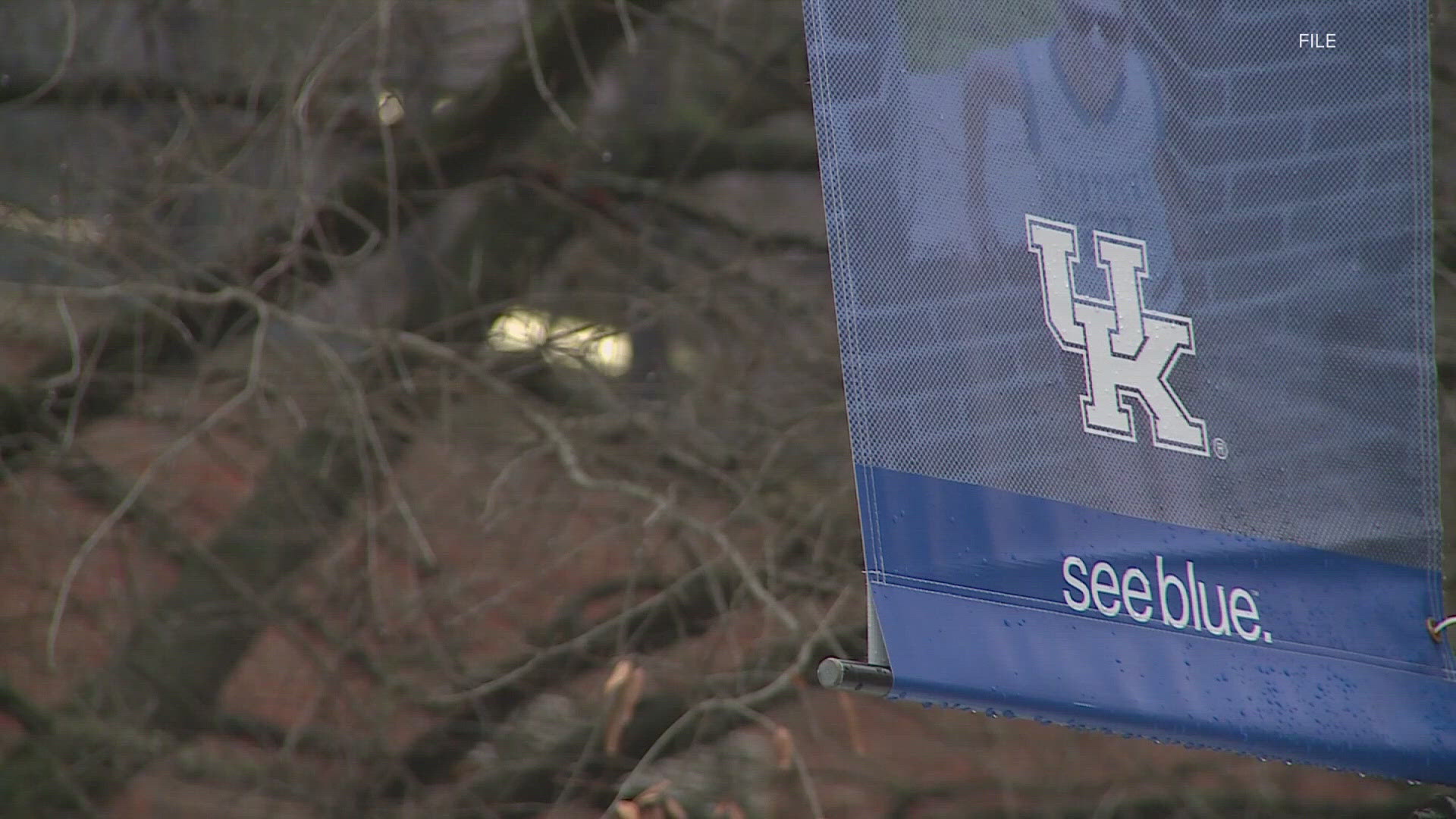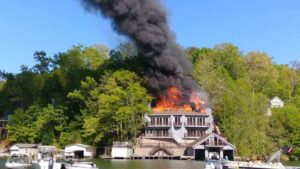Breaking News: A Louisville man was detained on the University of Kentucky campus for allegedly committing sexual assault.
WAVE, LOUISVILLE, KY A man from Louisville was taken into custody on charges of stalking and sexual assault at two college campuses in Kentucky.
The University of Kentucky Police Department notified the school community on Friday, Nov. 23, 2024, that Saif Al-Khafaji, 21, was taken into custody by Louisville Airport Authority police on a warrant from Fayette County.
Following a report by a UK student in the early hours of Sunday, November 10, Al-Khafaji is facing charges of indecent exposure and sexual assault. According to UK police, the woman claimed to have been sexually assaulted at the intersection of Euclid Avenue and Rose Street.
The Eastern Kentucky University Police Department received a report in April 2024 of a male student harassing female students. Al-Khafaji was charged with harassment and stalking in a standard citation issued by EKU police.
According to the citation, Al-Khafaji admitted to authorities that he had approached female students and offered them money in exchange for modeling. Since August 2023, he told EKU police, he had spoken to between 30 and 40 female students on campus.
On Monday, November 25, Al-Khafaji is expected to appear in Madison County court.














Post Comment